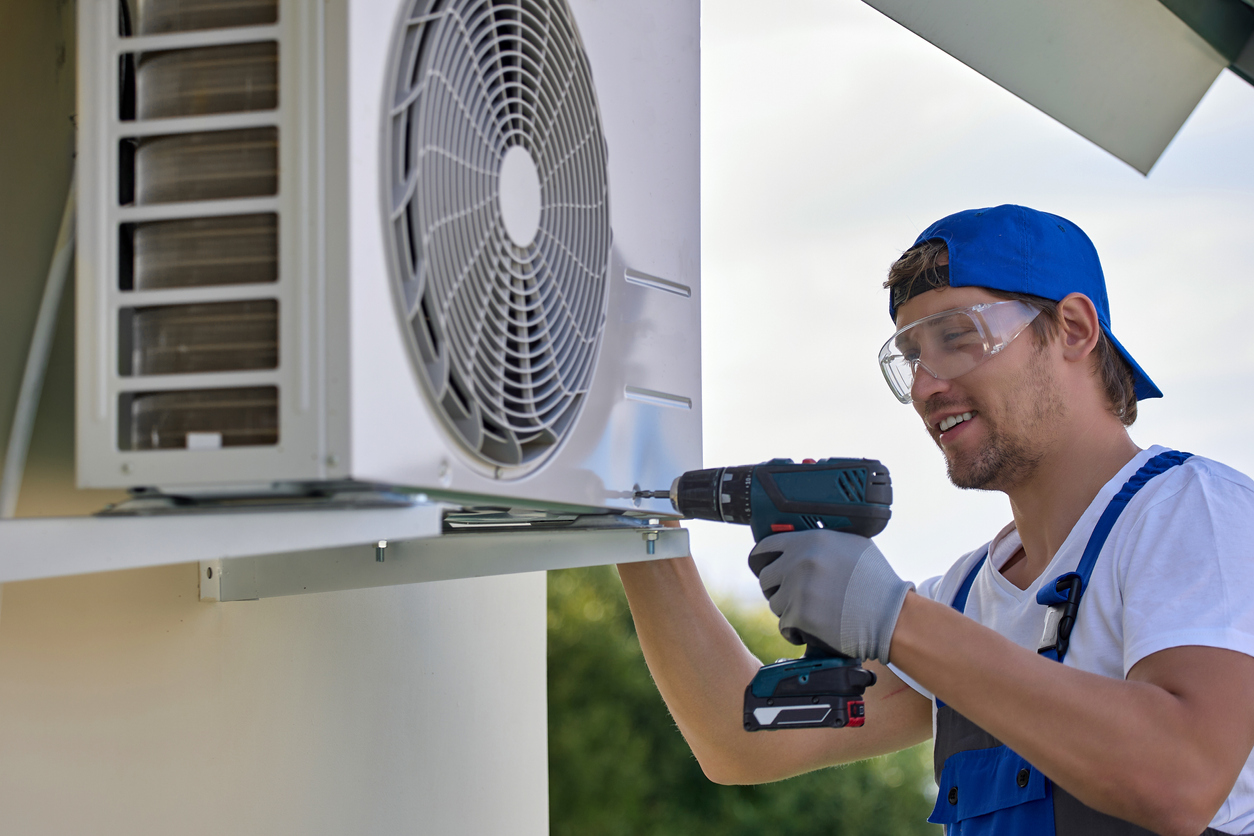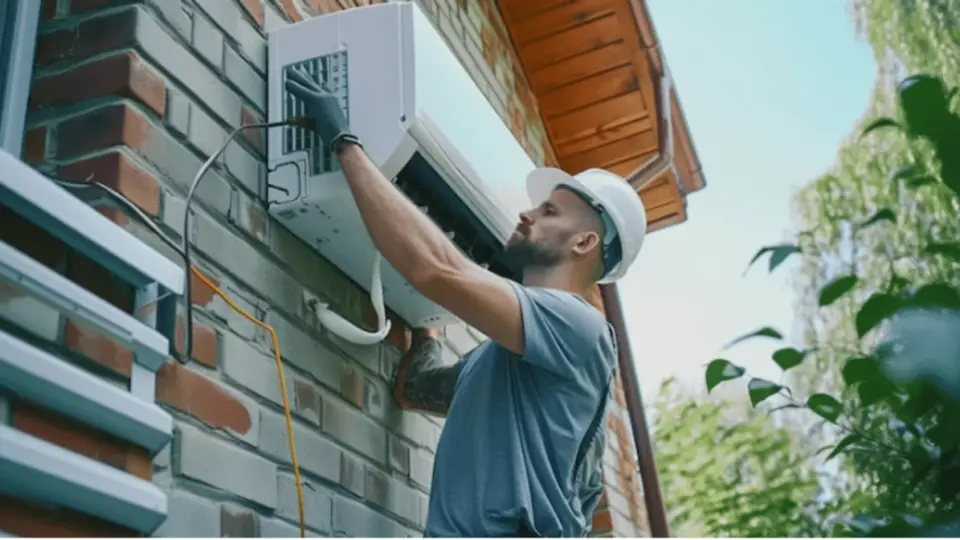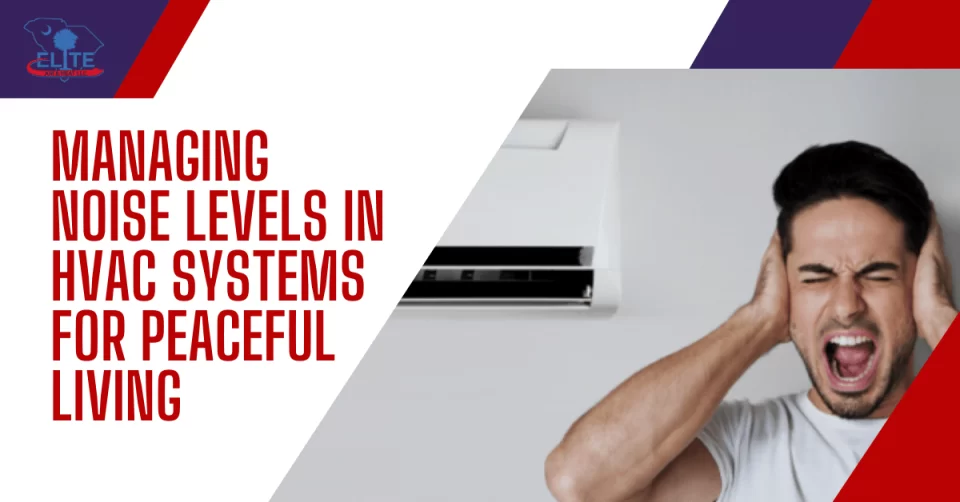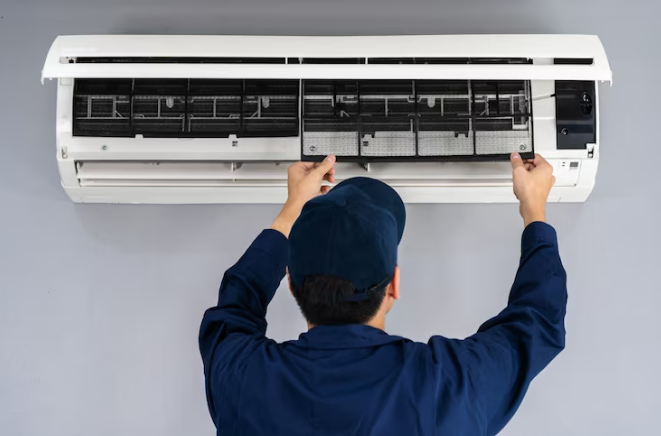When selecting the right refrigerant for your home cooling system, you’re often faced with a decision between newer, more eco-friendly options. Two of the most commonly considered refrigerants are R-32 and R-454B.
Both are widely used in residential air conditioning and HVAC systems, but which one is right for you? In this blog, we’ll break down the differences, environmental impact, energy efficiency, and safety considerations to help you make an informed decision.
What Are The Key Differences Between R-32 And R-454B Refrigerants For Home Use?
Both R-32 and R-454B are considered next-generation refrigerants that aim to reduce the environmental impact associated with traditional options like R-410A. However, there are some key differences between them in terms of composition, performance, and application:
- Composition
- R-32 is a single-component refrigerant, meaning it is made up of one chemical (difluoromethane). This simplifies its handling and use, as no mixing is required.
- R-454B, on the other hand, is a blend of two refrigerants—R-32 and R-1234yf. Its composition is designed to reduce the overall global warming potential (GWP) while maintaining similar performance levels to older refrigerants like R-410A.
- Pressure Levels
- R-32 operates at higher pressures than R-454B, which means it may require HVAC systems designed to handle those pressure levels. This could impact the type of system you choose.
- Availability
- R-32 is more widely available in today’s market as it’s been used longer in various countries. R-454B is newer and is slowly being adopted as a replacement for older refrigerants like R-410A, particularly in regions where environmental regulations are pushing for lower GWP options.
How Does R-32 Compare To R-454B In Terms Of Environmental Impact?
One of the most significant factors influencing refrigerant choices today is their environmental footprint, particularly in relation to their global warming potential (GWP). The lower the GWP, the less impact the refrigerant has on climate change.
- R-32
- R-32 has a GWP of around 675, which is considerably lower than older refrigerants like R-410A (which has a GWP of 2,088). It contributes less to the greenhouse effect and is a more eco-friendly alternative.
- However, R-32 is still considered a moderately high GWP refrigerant when compared to newer options. As a result, it may face more stringent regulations in the future as the world moves towards even lower GWP options.
- R-454B
- R-454B has an impressively low GWP of 466, which is about 30% lower than R-32. This makes it one of the most environmentally friendly refrigerants available for home cooling systems.
- Because of its low GWP, R-454B is seen as a more sustainable choice, especially for homeowners concerned with long-term environmental impacts.
If minimizing environmental impact is your top priority, R-454B is the clear winner with its significantly lower GWP.
Which Refrigerant, R-32 Or R-454B, Offers Better Energy Efficiency For Home Cooling Systems?
Energy efficiency is another crucial factor in choosing a refrigerant, as it directly affects your electricity consumption and overall cooling costs. Both R-32 and R-454B offer improvements in energy efficiency compared to older refrigerants like R-410A, but they perform differently under various conditions.
- R-32
- R-32 is known for its excellent energy efficiency. It has a higher cooling capacity than many other refrigerants, meaning it can transfer heat more effectively, resulting in less energy use.
- Many modern air conditioning units are specifically designed to optimize R-32’s performance, making it a cost-effective choice in terms of both upfront and long-term energy costs.
- R-454B
- R-454B is also highly efficient, though its cooling capacity is slightly lower than R-32. That said, it still provides considerable energy savings compared to older refrigerants.
- One of the reasons R-454B is gaining traction is its ability to balance energy efficiency with environmental sustainability, though the energy savings may not be as substantial as with R-32.
R-32 generally offers better energy efficiency, particularly in systems specifically designed for its use. However, R-454B still provides decent efficiency with the added benefit of a lower GWP.
Are There Safety Concerns When Choosing Between R-32 And R-454B For Residential Air Conditioning?
Safety is always a concern when dealing with refrigerants, as some can pose risks if not handled correctly. Both R-32 and R-454B have been deemed safe for residential use, but there are a few considerations to keep in mind:
- Flammability
- R-32 is classified as an A2L refrigerant, meaning it has low toxicity but is mildly flammable. While it is not as dangerous as highly flammable substances, extra caution is required when installing and maintaining systems that use R-32.
- R-454B is also an A2L refrigerant with similar mild flammability. However, its lower GWP and reduced flammability compared to some older refrigerants make it a safer option in terms of both environmental impact and handling.
- Installation and Maintenance
- Both refrigerants require trained technicians for installation and servicing due to their specific properties, including pressure levels and flammability. Systems using R-32, in particular, may need specialized components to handle its higher pressures and flammability risks.
- For R-454B, the reduced flammability may lower the risk slightly, but professional handling is still essential to ensure safe operation.
- Recycling and Disposal
- Both refrigerants should be properly recycled or disposed of by professionals, as they can still have environmental impacts if released into the atmosphere. R-454B’s lower GWP makes it a better candidate in terms of long-term sustainability in this regard.
Both refrigerants are safe for residential use, but R-32’s slightly higher flammability requires more caution during installation and maintenance.
When deciding between R-32 and R-454B for your home air conditioning system, several factors come into play, including environmental impact, energy efficiency, and safety. If you prioritize low GWP and sustainability, R-454B is the clear choice. However, R-32’s superior energy efficiency makes it a great option for those looking to reduce their cooling costs. Both refrigerants are relatively safe, but R-32’s mild flammability may require extra attention.
Ultimately, the choice will depend on your priorities, budget, and system compatibility. Consulting with a professional HVAC technician will help you make the best decision for your home.
How Elite Air & Heat LLC Compares When Offering R-32 and R-454B Refrigerant Solutions
At Elite Air & Heat LLC, we prioritize delivering the best refrigerant solutions tailored to your specific needs. Whether you’re considering R-32 or R-454B for your home cooling system, we offer expert guidance to help you make an informed choice.
- Customized Recommendations: Our technicians carefully evaluate your home’s HVAC system to recommend the refrigerant that best suits your environmental and energy efficiency goals. Whether you prefer the eco-friendly benefits of R-454B or the energy-saving advantages of R-32, we ensure your system is optimized for performance.
- Professional Installation and Maintenance: Both R-32 and R-454B require specialized handling due to their specific properties. Our certified team is highly trained to safely install and maintain these refrigerants, ensuring compliance with all safety standards while minimizing potential risks, such as flammability with R-32.
- Long-Term Support: With Elite Air & Heat LLC, you’re not just getting a refrigerant replacement. We provide ongoing maintenance plans that keep your HVAC system running efficiently for years to come. Our commitment to quality and sustainability ensures you receive the highest level of service, regardless of your refrigerant choice.
Partner with us to experience reliable, energy-efficient, and environmentally conscious cooling solutions tailored to your needs.
Cost Differences Between R-32 and R-454B Refrigerant Solutions
When it comes to refrigerant costs, both R-32 and R-454B come with varying price points based on availability, system compatibility, and installation requirements. Here’s a breakdown of what you can expect in terms of cost:
- R-32
- Generally, R-32 is more affordable upfront because it has been on the market longer and is widely available. Many existing HVAC systems are already designed for R-32, which reduces additional conversion costs.
- Installation and maintenance costs may be slightly higher due to the refrigerant’s higher pressure and mild flammability, which may require special equipment and extra precautions during service.
- R-454B
- R-454B is typically more expensive due to its lower global warming potential and newer presence in the market. While the initial cost may be higher, it can offer long-term savings by reducing environmental impact and potentially avoiding future regulatory costs.
- Installation costs for R-454B are comparable to R-32, though some systems may require minor adjustments to optimize performance.
Ultimately, while R-32 is more budget-friendly upfront, R-454B offers future-proof benefits, especially for homeowners focused on sustainability.
Ready to Upgrade Your Refrigerant? Contact Elite Air & Heat LLC Today!
At Elite Air & Heat LLC, we’re here to help you choose the most cost-effective and environmentally responsible refrigerant for your home cooling system. Whether you’re leaning toward the affordability of R-32 or the eco-friendliness of R-454B, our team will guide you every step of the way.
Call us today or schedule a consultation online to learn more about our refrigerant replacement services and how we can help you stay cool, save energy, and protect the environment!




